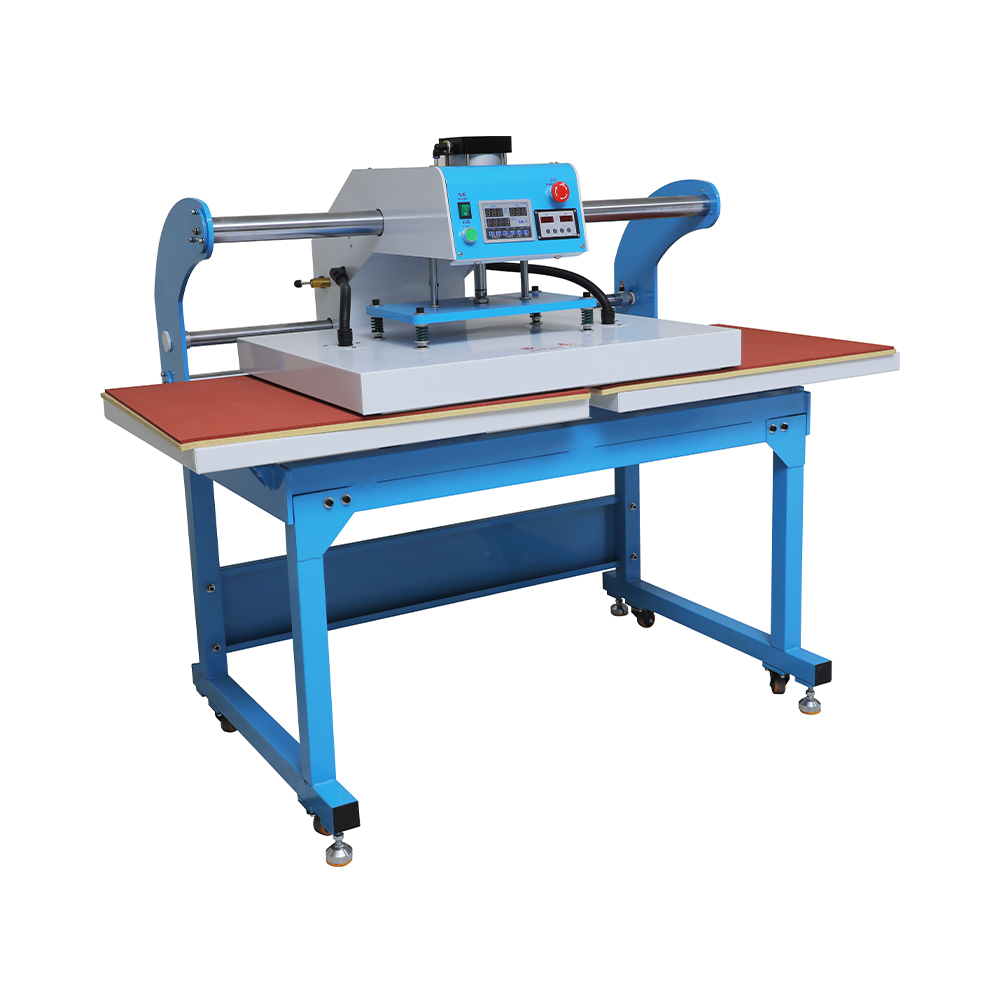Heat press machines are essential in various industries, ranging from textiles and apparel to signage and promotional products. These machines apply heat and pressure to transfer designs, logos, and patterns onto different materials, such as fabrics, plastics, ceramics, and metals. With their widespread use in manufacturing, it is crucial to maintain heat press machines properly to ensure performance, efficiency, and longevity. In this article, we will explore the practices for maintaining heat press machines, offering insights into troubleshooting common issues, and tips to maximize their lifespan.
Understanding Heat Press Machines
Heat press machines use a combination of heat and pressure to transfer a design or logo onto various substrates. These machines are commonly used in industries like garment printing, where they can transfer images, logos, and graphics onto t-shirts, hoodies, and other apparel. The process involves placing a design onto the substrate, applying heat (typically around 300°F to 400°F), and then pressing it for a specified amount of time.
Heat press machines come in various types, such as clamshell, swing-away, and flatbed models, each offering specific benefits depending on the application. Despite their different configurations, the general principles of operation remain the same.
The Importance of Regular Maintenance for Heat Press Machines
Like any other machine, heat press machines require regular maintenance to ensure they operate efficiently and consistently. Neglecting maintenance can to breakdowns, inconsistencies in press quality, and ultimately, a reduction in product quality. To prevent costly repairs and downtime, it is essential to establish a routine maintenance schedule.

Regular maintenance can include cleaning, inspecting the heat plates, checking temperature controls, and ensuring proper alignment. These actions help prevent machine wear and tear, reduce the likelihood of malfunctions, and ensure that heat press machines provide high-quality results.
Cleaning and Inspecting Heat Plates
One of the important aspects of maintaining a heat press machine is keeping the heat plates clean. Over time, residues from adhesives, inks, or transfer materials can accumulate on the heat plates, reducing their efficiency and affecting the quality of the transfer. Residues can also cause uneven heating, to poor-quality prints and potential damage to the press.
To clean the heat plates, it is recommended to use a soft cloth or sponge with a mild cleaning solution. For tougher residues, a heat plate cleaner designed for the specific material can be used. It's essential to avoid abrasive materials that could scratch or damage the plates.
Additionally, it is important to inspect the heat plates regularly for signs of damage, such as warping, discoloration, or uneven heating. Any irregularities should be addressed promptly to prevent further damage and to ensure the machine operates at efficiency.
Checking Temperature and Pressure Settings
Accurate temperature and pressure settings are critical for achieving high-quality transfers. If the temperature is too low or too high, or the pressure is insufficient, the transfer may not adhere properly to the substrate, resulting in a subpar finished product. To maintain consistent results, regularly calibrate the temperature controls and pressure settings.
Using a digital thermometer or heat gun can help verify that the heat press is reaching and maintaining the correct temperature. Some heat press machines have built-in temperature monitoring systems, but it’s always a good idea to double-check with external tools to ensure accuracy.
Pressure is another important factor. Ensure that the pressure gauge is calibrated correctly, and the machine’s pressure plates are evenly aligned to apply consistent pressure across the entire surface. Uneven pressure can to inconsistent transfers and poor-quality results.
Regularly Lubricating Moving Parts
Heat press machines often contain moving parts, such as the hinges, handles, and swing-away components. These parts should be lubricated regularly to reduce friction, prevent rust, and ensure smooth operation. Lubricating these parts also reduces the strain on the machine, helping it perform more efficiently.
Use a silicone-based lubricant or a lubricant recommended by the manufacturer to ensure compatibility with the materials used in the machine. Avoid using excessive amounts of lubricant, as this can attract dust and dirt, to other potential issues.